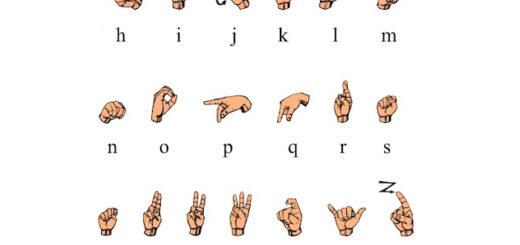Image and Imagine

The German verb “einbilden” is ordinarily translated into English as “imagine.” But at one point in Into the Universe of Technical Images, Flusser calls attention to the difference between “einbilden” and the cognate “imaginieren”. Expressing his gratitude to Kant for having used the word to mean an active ordering or organization of material into an image, Flusser made “einbilden” his term for the new capacity — available in the context of new technology — to project worlds. He aligned “imaginieren” with cognitive patterns that make and respond to traditional images, e.g., drawing and painting.
Once a translator has decided to reserve the English word “imagine” for use with traditional images, another word is needed for “einbilden,” the new power for producing technical images. When I was translating Into theUniverse of Technical Images, I decided on “envision” as the term for the new power. It works on several levels: it retains the visual reference, it is active, and, crucially, it is different from “imagine”. If I were doing it again now, however, I suspect I’d adopt “to image” for “einbilden”, “imaging power” for “Einbildungskraft”. The text would then refer to a historical shift from artists to imagers, from imagination to imaging capacity or capability. “Imaging” is newer, with more technical resonance, than either “imagining” or “envisioning”. That may make it more accurate


